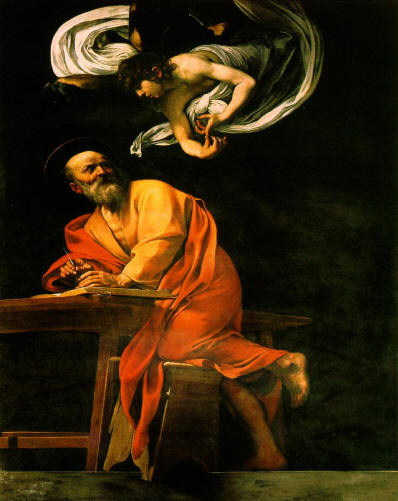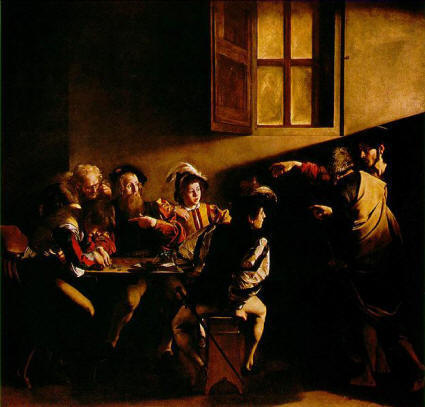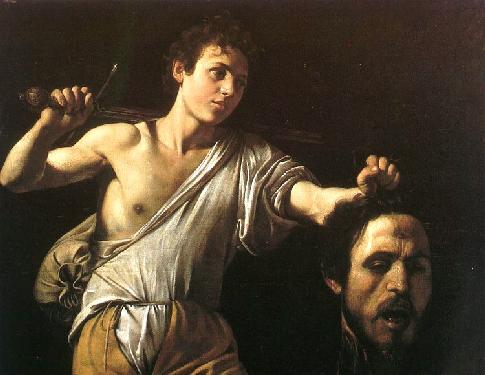-


 Caravaggio
Caravaggio
Italian
Artist.
Probably the most revolutionary artist of his time, the Italian painter Caravaggio abandoned the rules that had guided a century of artists before him. They had idealized the human and religious experience. Caravaggio is considered the first great representative of the roque school of painting. Famous and extremely influential while he lived, Caravaggio was almost entirely forgotten in the centuries after his death, and it was only in the 20th century that his importance to the development of Western art was rediscovered.
Caravaggio was the son of Fermo Merisi, steward and architect of the Marquis of Caravaggio. Orphaned at age 11, Caravaggio was apprenticed in the same year to the painter Simone Peterzano of Milan. At some time between 1588 and 1592, Caravaggio went to Rome. He was already in possession of the fundamental technical skills of painting and had acquired, with characteristic eagerness, a thorough understanding of the approach of the Lombard and Venetian painters, who, opposed to idealized Florentine painting, had developed a style that was nearer to representing nature and events. These first five years were an anguishing period of instability and humiliation. According to his biographers, Caravaggio was "needy and stripped of everything" and moved from one unsatisfactory employment to another, working as an assistant to painters of much smaller talent. He earned his living for the most part with hackwork and never stayed more than a few months at any studio.
Finally, probably in 1595, he decided to set out on his own and began to sell his pictures through a dealer, a certain Maestro Valentino, who brought Caravaggio's work to the attention of Cardinal Francesco del Monte, a prelate of great influence in the papal court. Caravaggio soon came under the protection of Del Monte and was invited to receive board, lodging, and a pension in the house of the cardinal. Through the cardinal, Caravaggio was commissioned, at age 24, to paint for the church of San Luigi dei Francesi. In its Chapel Caravaggio's realistic naturalism first fully appeared in three scenes he created of the life of St. Matthew.
The task of completing the work was an imposing one. The scheme called for three large paintings of scenes from the saint's life: St Matthew and the Angel, The Calling of St Matthew, and The Martyrdom of St Matthew. The execution of all three, in which Caravaggio substituted a dramatic contemporary realism for the traditional pictorial formulas used in depicting saints, provoked public astonishment. Perhaps Caravaggio was waiting for this test, on public view at last, to reveal the whole range of his diversity. His novelty in these works not only involves the surface appearance of structure and subject but also the sense of light and even of time.